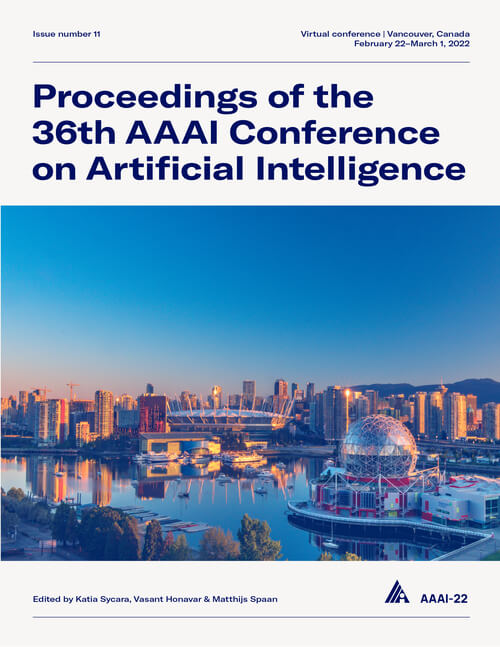Clustering Interval-Censored Time-Series for Disease Phenotyping
DOI:
https://doi.org/10.1609/aaai.v36i6.20570Keywords:
Machine Learning (ML)Abstract
Unsupervised learning is often used to uncover clusters in data. However, different kinds of noise may impede the discovery of useful patterns from real-world time-series data. In this work, we focus on mitigating the interference of interval censoring in the task of clustering for disease phenotyping. We develop a deep generative, continuous-time model of time-series data that clusters time-series while correcting for censorship time. We provide conditions under which clusters and the amount of delayed entry may be identified from data under a noiseless model. On synthetic data, we demonstrate accurate, stable, and interpretable results that outperform several benchmarks. On real-world clinical datasets of heart failure and Parkinson's disease patients, we study how interval censoring can adversely affect the task of disease phenotyping. Our model corrects for this source of error and recovers known clinical subtypes.Downloads
Published
2022-06-28
How to Cite
Chen, I. Y., Krishnan, R. . G., & Sontag, D. (2022). Clustering Interval-Censored Time-Series for Disease Phenotyping. Proceedings of the AAAI Conference on Artificial Intelligence, 36(6), 6211-6221. https://doi.org/10.1609/aaai.v36i6.20570
Issue
Section
AAAI Technical Track on Machine Learning I

